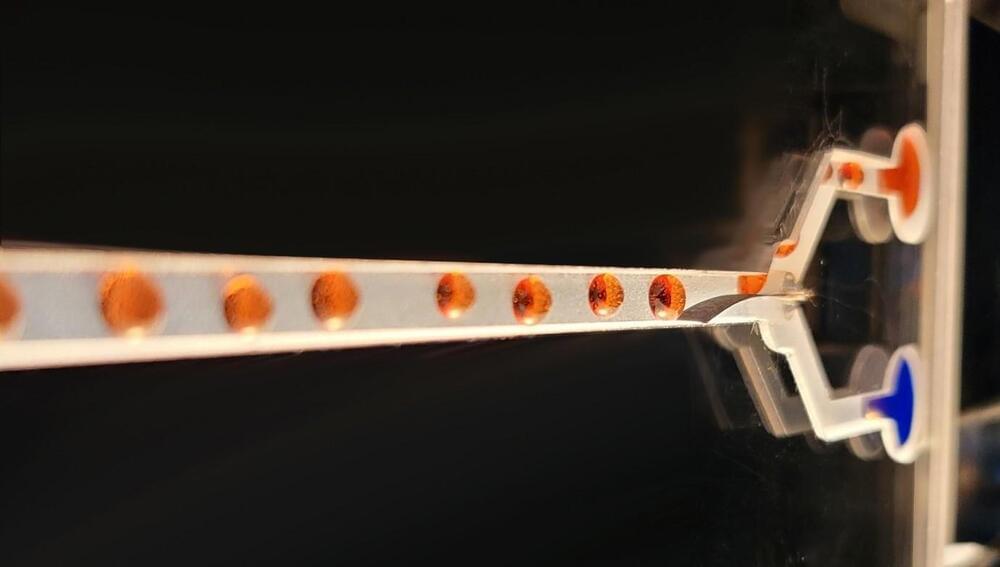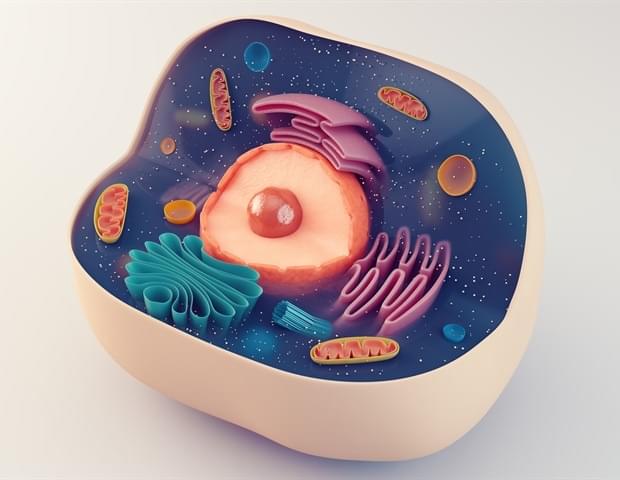This could possibly contribute towards saving lives.
Researchers have developed and tested an innovative machine-learning approach that could one day enable the earlier detection of cancer in patients by using smaller blood draws.


FDA approved the device by DermaSensor last week.
In a recent pioneering development, the US Food and Drug Administration (FDA) granted marketing authorization to the DermaSensor, an artificial intelligence-powered hand-held device designed for the early detection of skin cancers such as melanoma, basal cell carcinoma, and squamous cell carcinoma.
Predominantly tailored for use by primary care physicians, DermaSensor uses elastic scattering spectroscopy to look at cellular and subcellular characteristics of suspicious skin lesions.
This breakthrough technology is aimed at empowering healthcare providers with an innovative tool for more accurate and timely diagnosis.

“It’s the single largest capital investment that has ever been made in the state of Mississippi – by a lot.”
On Thursday, 25th January, Amazon Web Services (AWS) announced plans for a monumental $10 billion investment in Mississippi— the single largest capital investment in the state’s history.
Amazon Web Services invests $10 billion in Mississippi, building two data centers, creating jobs, and fostering community development and sustainability.
Tesla is gearing up to build its next-generation Dojo supercomputer at its Gigafactory in Buffalo, New York, as part of a $500 million investment announced by the state’s governor on Friday.
The Dojo supercomputer is designed to process massive amounts of data from Tesla’s vehicles and train its artificial intelligence (AI) systems for autonomous driving and other applications. It is expected to be one of the most powerful computing clusters in the world, surpassing the current leader, NVIDIA.

Solitons on demand.
‘We demonstrate solitons that are stable in a ring laser and form spontaneously with tuning laser bias, eliminating the need for an external optical pump.
A soliton is a self-reinforcing solitary wave that maintains its shape and travels at a constant speed.
Free-running stable optical dissipative solitons, called Nozaki–Bekki solitons, are created in a ring semiconductor laser; their spontaneous formation with tuning of laser bias eliminates the need for an external optical pump.

Soft robots, medical devices, and wearable devices are now common in our daily routines. Researchers at KAIST have created a fluid switch that employs ionic polymer artificial muscles. This switch functions with ultra-low power while generating a force 34 times its own weight. Fluid switches are designed to direct the flow of fluid, guiding it in specific directions to initiate different movements.
KAIST (President Kwang-Hyung Lee) announced on the 4th of January that a research team under Professor IlKwon Oh from the Department of Mechanical Engineering has developed a soft fluidic switch that operates at ultra-low voltage and can be used in narrow spaces.
The journey of aging brings with it an unavoidable reality for many: an increased accumulation of body fat.
Though much of society seems mostly focused on the aesthetics of being overweight, doctors look past any cosmetic concerns to focus on the health implications of fat byproducts in the body.
Fatty acids are one of the molecular building blocks that make up fats. Though essential for various bodily functions, excessive amounts of fatty acids in the body can be harmful, shortening a person’s health span and life span by increasing their risk of chronic disease, disrupting metabolic processes and promoting inflammation.


Stanford researchers have developed a new phase-change memory that could help computers process large amounts of data faster and more efficiently.
We are tasking our computers with processing ever-increasing amounts of data to speed up drug discovery, improve weather and climate predictions, train artificial intelligence, and much more. To keep up with this demand, we need faster, more energy-efficient computer memory than ever before.
Innovations in Memory Technology.

Compared to robots, human bodies are flexible, capable of fine movements, and can convert energy efficiently into movement. Drawing inspiration from human gait, researchers from Japan crafted a two-legged biohybrid robot by combining muscle tissues and artificial materials. Publishing on January 26 in the journal Matter, this method allows the robot to walk and pivot.
Research on biohybrid robots, which are a fusion of biology and mechanics, is recently attracting attention as a new field of robotics featuring biological function. Using muscle as actuators allows us to build a compact robot and achieve efficient, silent movements with a soft touch.